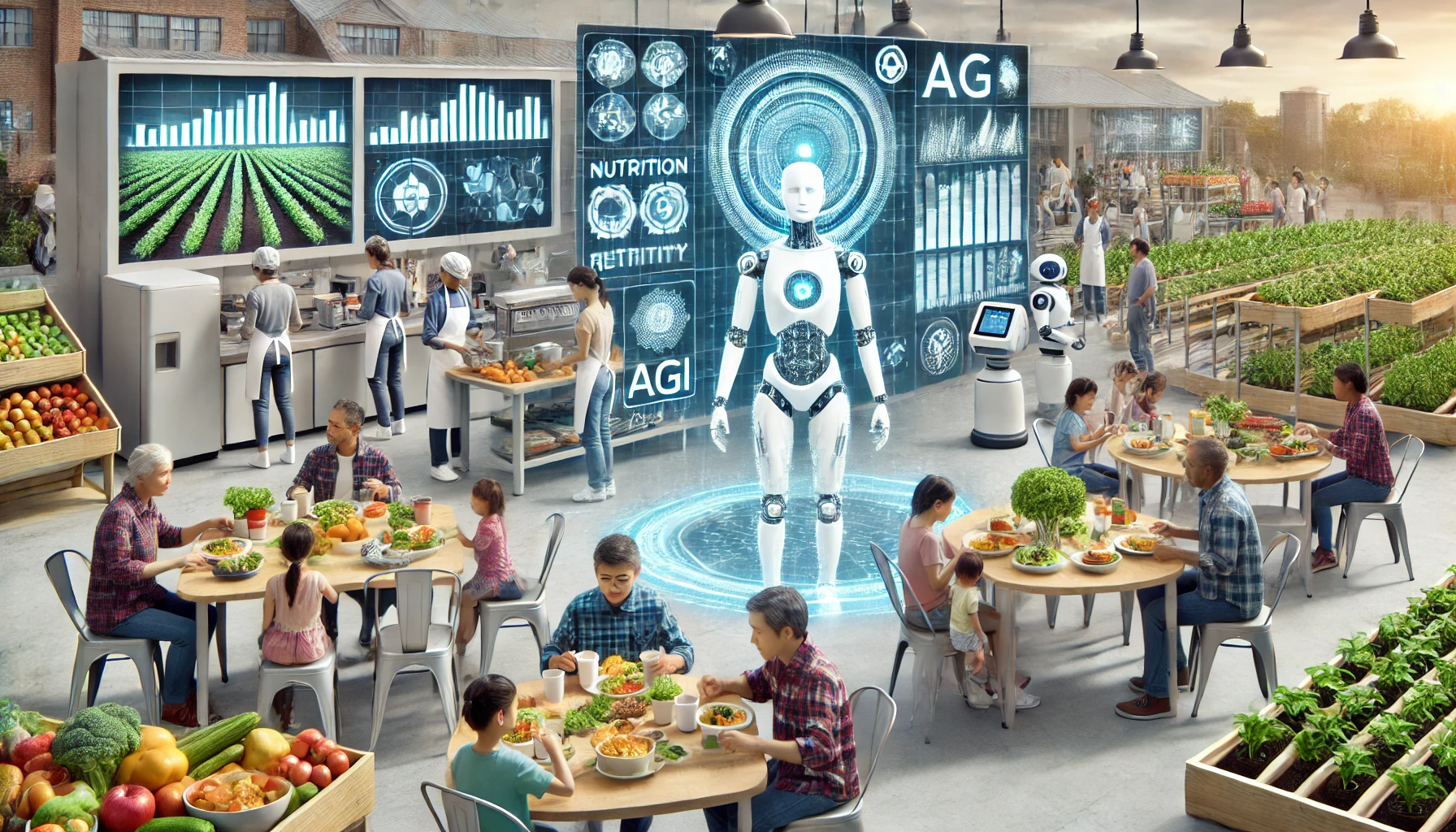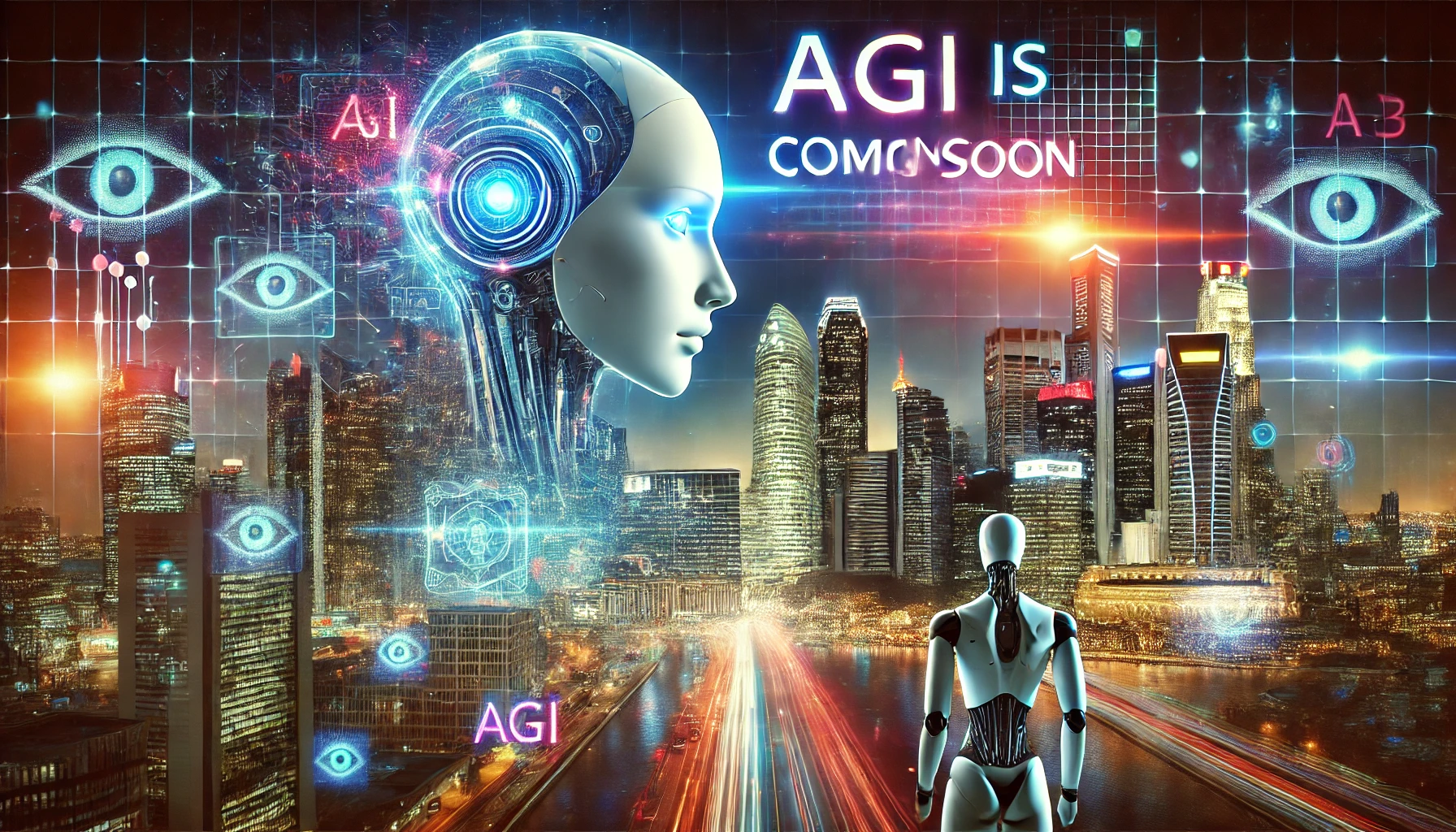The global challenge of food security continues to grow as populations increase, climates change, and inequalities persist. Underserved communities are disproportionately affected by food insecurity and malnutrition, with limited access to affordable, nutritious food. Artificial General Intelligence (AGI) offers a transformative opportunity to tackle these issues through data-driven solutions, predictive modeling, and resource optimization.
Understanding the Challenges
Food security is a multifaceted issue involving availability, access, utilization, and stability. Underserved communities often face barriers such as:
- Geographic Isolation: Limited access to markets with fresh produce.
- Economic Constraints: Inadequate income to afford nutritious food.
- Educational Gaps: Lack of knowledge about balanced diets and food preparation.
- Infrastructure Deficiencies: Poor transportation and storage facilities leading to food waste.
How AGI Can Make a Difference
AGI, with its capacity to process and analyze vast amounts of data, offers scalable solutions to address these challenges. Here’s how:
- Precision Agriculture
- AGI can analyze climate patterns, soil quality, and crop data to guide farmers in underserved areas. Recommendations on planting cycles, pest management, and water usage can maximize yields sustainably.
- Supply Chain Optimization
- AGI-powered tools can streamline food distribution networks, reducing waste and ensuring that surplus food reaches communities in need. Real-time data integration can improve efficiency in logistics and storage.
- Nutritional Planning and Education
- By analyzing dietary deficiencies and local food availability, AGI can suggest affordable and nutritious meal plans tailored to specific communities. Interactive platforms can educate users on healthy eating habits.
- Policy Development and Advocacy
- AGI can simulate the outcomes of policy decisions, helping governments and NGOs design effective food security programs. Insights derived from big data can highlight areas most in need of intervention.
- Disaster Response and Resilience
- In times of natural disasters or economic crises, AGI can predict food shortages and mobilize resources swiftly. Early-warning systems powered by AGI can help mitigate the impact of such events on food security.
Case Studies and Success Stories
- India’s Agricultural Revolution: By deploying AI-driven solutions in rural areas, smallholder farmers have seen increased productivity and income. Scaling these solutions using AGI could amplify these benefits globally.
- Food Redistribution Apps: Platforms that connect restaurants and supermarkets with food banks leverage AI to reduce food waste. AGI can enhance these systems by predicting demand and managing inventory in real time.
- Personalized Nutrition Programs: Health initiatives in Africa have utilized AI to combat malnutrition among children. AGI can further customize these programs based on genetic, environmental, and socioeconomic factors.
Challenges to Implementation
While AGI presents immense potential, several challenges must be addressed:
- Ethical Concerns: Ensuring that AGI benefits all stakeholders equitably, without exacerbating inequalities.
- Data Privacy: Protecting sensitive information related to individuals and communities.
- Infrastructure Limitations: Many underserved areas lack the technological infrastructure to support AGI applications.
- Cultural Sensitivity: Solutions must be tailored to local customs and dietary practices.
The Path Forward
To leverage AGI for food security, a collaborative approach is essential:
- Partnerships: Governments, tech companies, NGOs, and local communities must work together to deploy AGI solutions.
- Capacity Building: Training programs for local stakeholders can ensure sustainable implementation and maintenance of AGI systems.
- Investments in Infrastructure: Expanding internet access and digital literacy in underserved areas is critical for AGI adoption.
- Continuous Monitoring and Feedback: Iterative improvements based on real-world outcomes will enhance the effectiveness of AGI interventions.
Conclusion
AGI has the potential to revolutionize food security and nutrition, particularly in underserved communities. By harnessing its capabilities to optimize resources, empower individuals, and drive systemic change, we can move closer to a world where no one goes hungry. Strategic planning, ethical considerations, and collaborative efforts will ensure that AGI fulfills its promise as a tool for equity and sustainability.
[SEO optimized]


